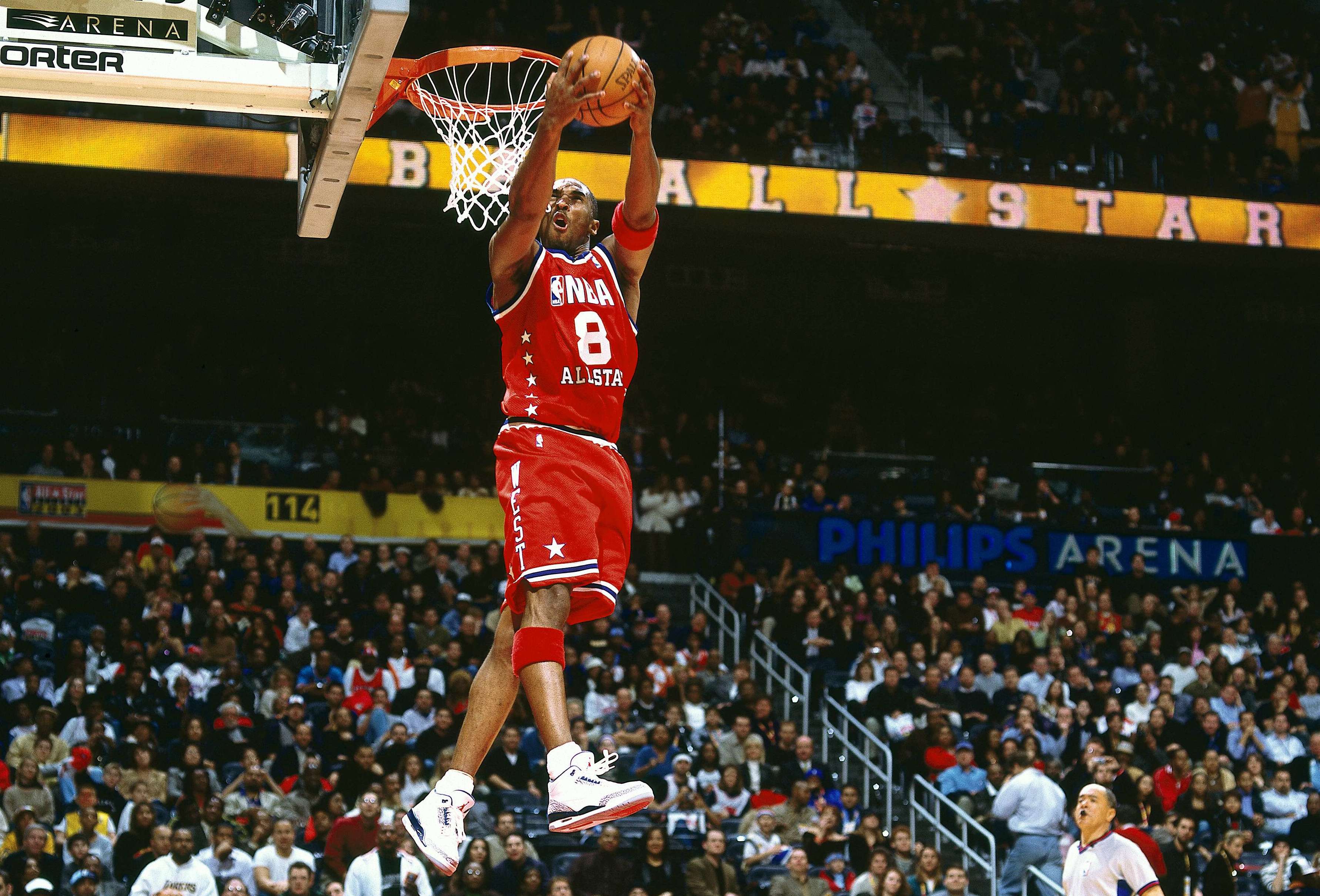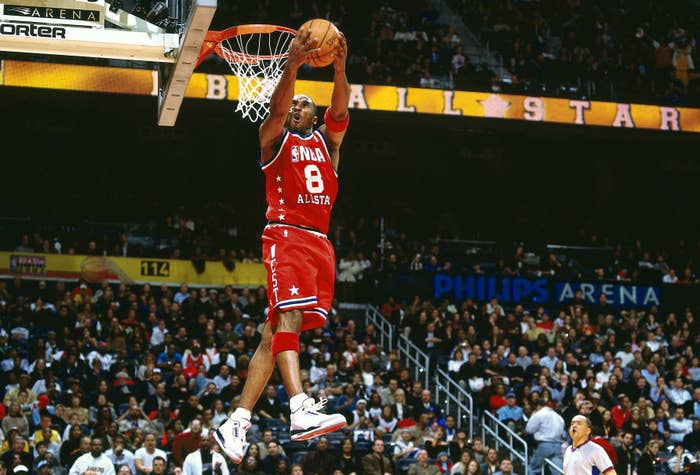
For one long weekend, the collective sports world’s eyes will shift towards Charlotte, North Carolina, the home of this year’s NBA All-Star Weekend. What started out as a mid-season showcase of basketball’s best talent has evolved into a marketing bonanza for footwear companies. Not only do players take center stage, sneaker brands put their best foot forward in order to wow consumers with products, parties, and more. The whole weekend is as important as it gets in the footwear world.
The basketball category represents a big segment for innovation and the introduction of new footwear technology, even if on-court models aren’t seen as the “in” thing they once were. The hype over All-Star packs has subsided, but sneaker enthusiasts still tune in to see which company can outshine its competitors. Sure, Nike and Adidas will likely dominate the discussion as perennial big dogs. But the All-Star spotlight offers enough shine for every company to enjoy the glow. It’s where the most impressive and sometimes wackiest of designs and colorways meet the delight of players looking to display their flamboyance, and sneaker fans find their next hunts after seeing a new design or colorway worn by a favorite player.
We wouldn’t be here without the Nike’s Air Jordan III. The sneaker-related part of All-Star's spectacle got its start with Michael Jordan’s dominance during the weekend in 1988. The image of Jordan suspended in space and time during his free throw line dunk remains as one of the greatest Dunk Contest moments of all-time. I’m old enough to remember watching it live on television—and having the “White/Cement” Air Jordan III seared into my mind.
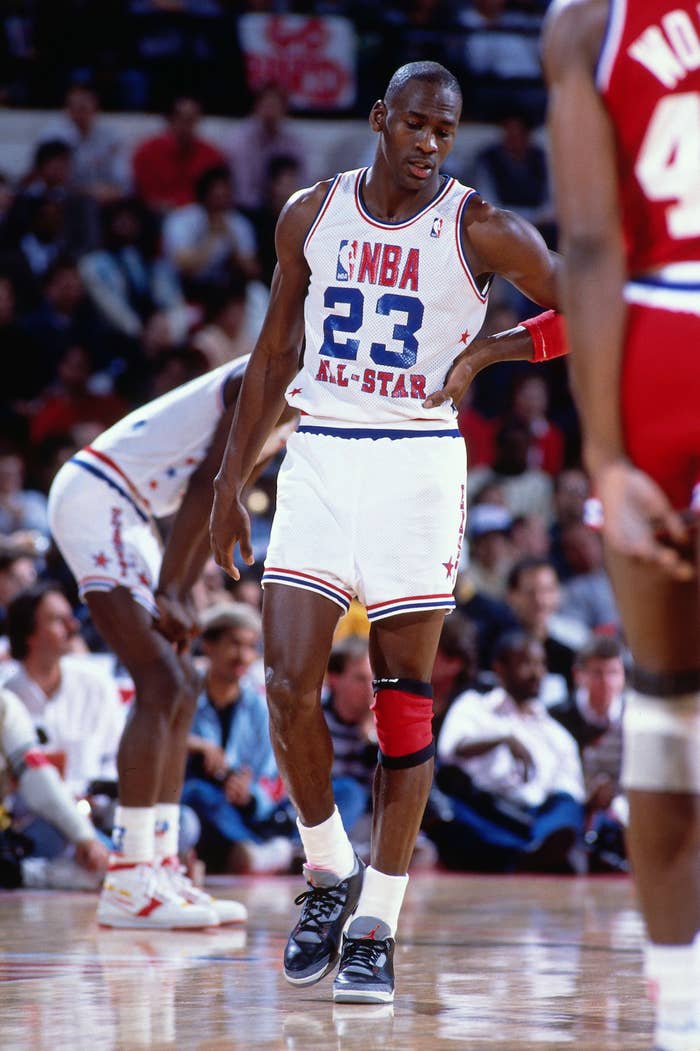
Jordan followed up that performance by donning the “Black/Cement” Jordan III for the first time during the All-Star Game. And things haven’t been the same since. The weekend birthed two future legends—the man and the shoe model. Thirty years later, people still tune in not just to see which player performs similarly awesome feat, but also catching a glimpse of what’s on their feet while doing so.
Nike and Jordan once used the annual gathering of greats to debut the black/red colorway of MJ’s signature shoe. Other brands took notice of the trend and started creating their own special make-ups and new models for players debuting exclusively for All-Star Weekend. A friend and I traced back to determine where the sneaker bonanza morphed into a full scale product showcase. We landed on 2010, the year Nike delivered the Air Max LeBron 7, Zoom KD 2, and Zoom Kobe 7 in a Wild West-themed pack since the game was played in Dallas.
Each model had limited runs so they sold out instantly. It marked a change in the Swoosh’s All-Star release strategy and set the trend everyone else follows today. 2012’s “Galaxy” collection took the concept to an even higher level, and featured key signature models along with familiar retros, like the Air Foamposite One, which sold for thousands on the secondary market.
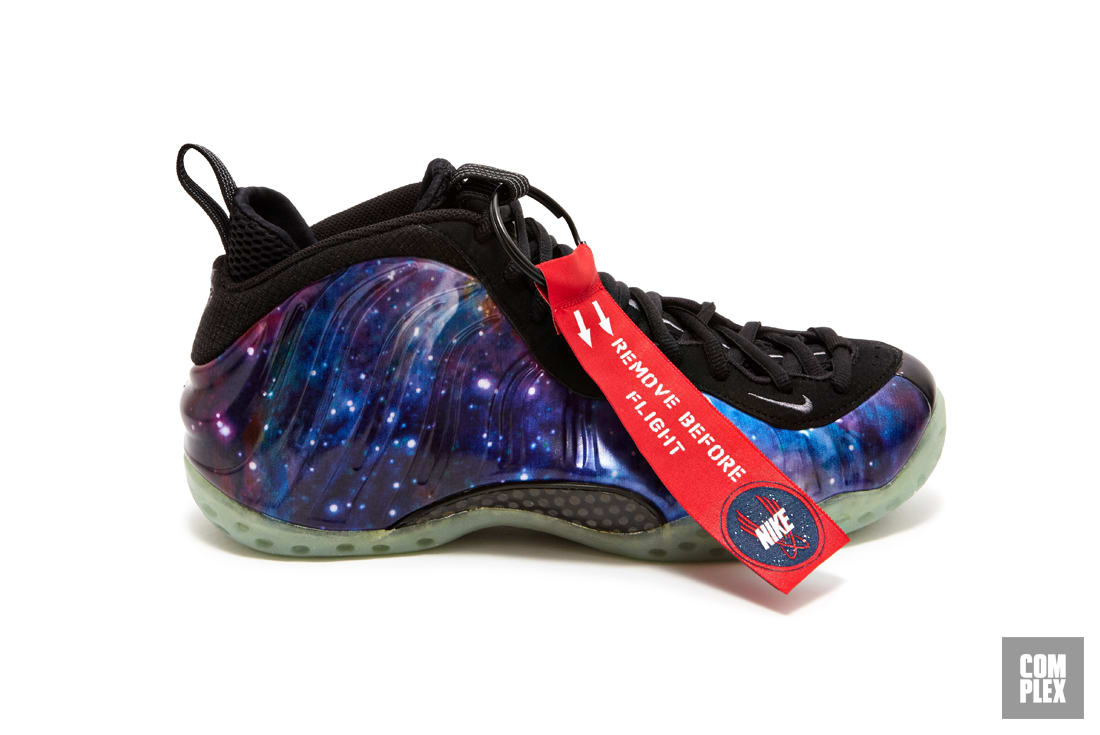
Fans have been treated to countless memorable shoes and some doozies we’d all like to forget in the years that followed. There’s Dee Brown’s dramatic decision to pump up his Reebok Omni Lites before his no-look dunk in the ’91 contest, which ultimately set off a “shoe war.” Chris Webber sported those blindingly bad chrome CDubbz by Dada in 2002. Tracy McGrady rocked mismatched Adidas T-Mac IIIs while tossing himself an alley-oop off the backboard. The baller formerly known as Ron Artest took the court in Dada Spinners. Kobe Bryant payed homage to Jordan in 2003 by wearing “True Blue” Jordan IIIs while MJ himself laced up “White/Royal” Air Jordan XIIIs—a color that didn’t release until months later.
It’s not just actual players who will create the attention when things kick off in Charlotte. Entertainers from all walks now take part in the Celebrity All-Star Game. Every single participant presents an opportunity for brands to create a walking billboard by draping the stars in the latest offerings for a televised audience. And the spectacle isn’t limited to the court. Brands roll out the red carpet by hosting a slew of events, activations, parties, and pop-ups that represent a chance for media and fans to experience a curated experience and interact with the products and people associated with each company.
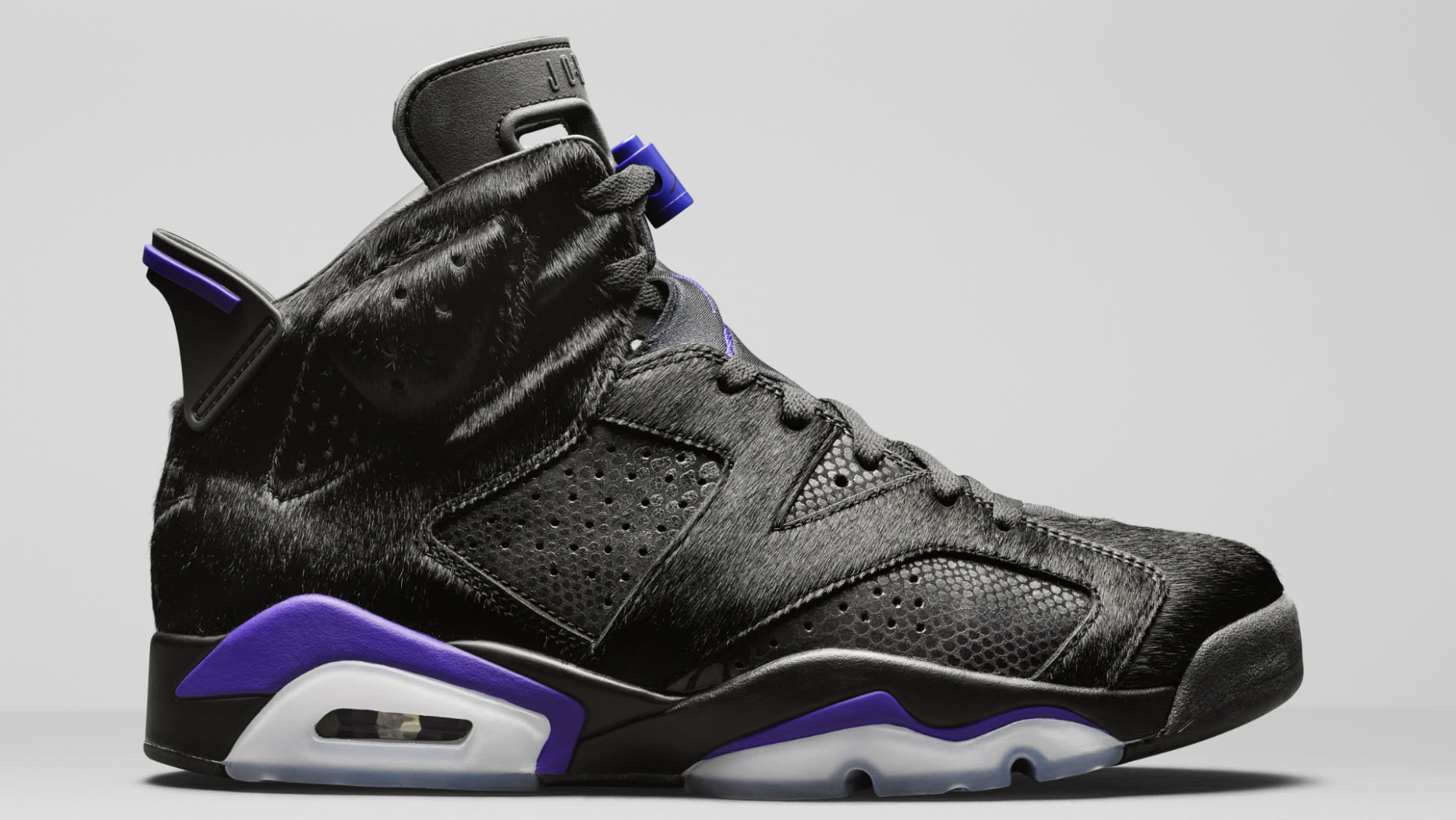
There are also going to be a few more big things this year: an Air Jordan VI designed by Social Status owner James Whiter, and New Balance is going to relaunch its basketball line with Kawhi Leonard.
Other events such as the plethora of Fashion Weeks have tried to steal some of the shine from the NBA's All-Star Weekend, but let's be real—shoes will always be about sports. Not matter how much fashion and lifestyle cool you inject into them, the core of the sneaker community is based around people who have a love and appreciation for athletics, whether participating or watching, and that's why All-Star Weekend feels more authentic than a runway shoe for a footwear reveal.
When the dust settles, we already know "Basketball Twitter" will have so much fodder for debate. LeBron James and Anthony Davis may give us glimpses of the Lakers future. Migos member Quavo will ball hard again as he tries to retain his MVP title—hopefully without injuring anyone in the process this time. All the while, sneaker enthusiasts will be tuned in. We’ll be splitting time watching the actual action as it takes place and making note of who’s wearing what. It’s been that way since ‘88 and brands know it, which is the main reason why every company puts their full energy into All-Star Weekend as hoops and culture collide.

